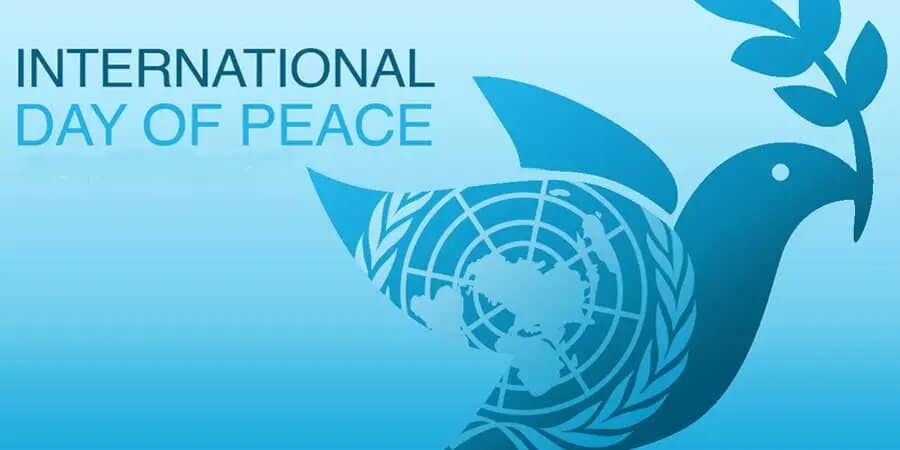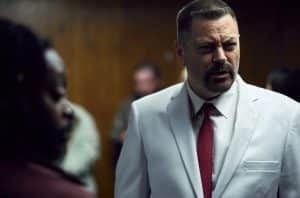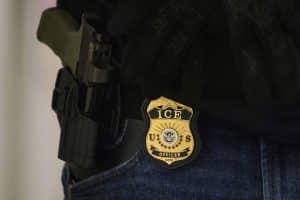The United Nations asks us to recognize September 21 as International Day of Peace. My wish is that we would recognize the importance of working for peace every single day.
“Peace is not only a noble vision for humanity. Peace is a call for action,” said United Nations Secretary-General Antonio Guterres last week.
That can start with education. If we taught peace lessons to youth each year – grades K-12 – would they change how they handle conflict?
READ: Support Local Journalism in Defense of Democracy
How might the world be different if our children learned how to deal with all the emotions that emerge when they are in conflict? Or, if young people understood the damage inequity causes in their school or in communities that they live in? Or, if they learned how to be an ally for those most vulnerable?
I started thinking about what it would take to make the world more peaceful when I was about 12, just barely going into middle school. I wanted to talk about it and learn about it, believing that if we strived for personal peace, it would impact outward into our community and then continue outward to world peace.
Children’s minds are curious about the world and often see solutions from a place of simplicity and idealism. By the time we become adults, we have been through personal hurts, have been exposed to constant bad news, and we end up with baggage that brings on cynicism. That leads us to believe peace is not really possible and more of a pipe dream.
My life’s work has been about building peace for the last 35 years. Here is what I have learned:
- We all have the ability to create positive change around us and enroll others to help. Margaret Mead’s famous words are still relevant: ‘Never doubt that a small group of thoughtful, committed citizens can change the world. Indeed, it’s the only thing that ever has.’
- Peace begins on a local level, so begin this work in your school or your neighborhood.
Learn about your community. What are the issues that are not being addressed or are creating conflict. The more we learn about each other, the more we can open our hearts to each other.
- Volunteer at a local non-profit that is working for peace education or bullying prevention, a local women’s shelter, homeless shelter or your county’s efforts to help those who are re-entering the community from prison. There are many who are doing great work helping those who need it most.
- See if your community has a Human Relations Council. If they don’t, bring it to your community leaders to start one. They are needed to help those who are facing discrimination.
- Join your local NAACP branch and attend their monthly meetings. Find out how racism is showing up in your community.
- Attend school board meetings in your district and pay attention to what is going on. Extremists have learned how to take over school boards, and they are running as candidates and winning. Their efforts to change how schools teach are having a profound impact on our children’s learning, books are being removed from libraries, pride flags being removed from classrooms and marginalized students no longer feel safe.
- Connect with groups involved in racial healing circles or restorative justice efforts.
- Get involved with efforts to reverse climate change! Climate change is creating conflict and wreaking havoc in the poorest nations, and migration and immigration are a result of that. The more you have migration of refugees into neighboring countries, the more autocratic the leaders become. Or, cleaning up your local neighborhood leads to a feeling of a more peaceful one.
- There are universities all over the world offering a degree in Peace and Conflict Resolution. Young people are devoting their lives to working for world peace.
Visit the UN in New York and take a guided tour and learn about the history and the work they are doing to address global peace and security. It is awe-inspiring and it is nearby in New York.
Democratic societies foster peace, so make sure you learn about the candidates running for office, what are their values, urge your local school board candidates to take the Greater Than Hate Pledge, check your sources of information, confront conspiracy theories with facts, continue constant self-education, and learn to be part of the solution!






